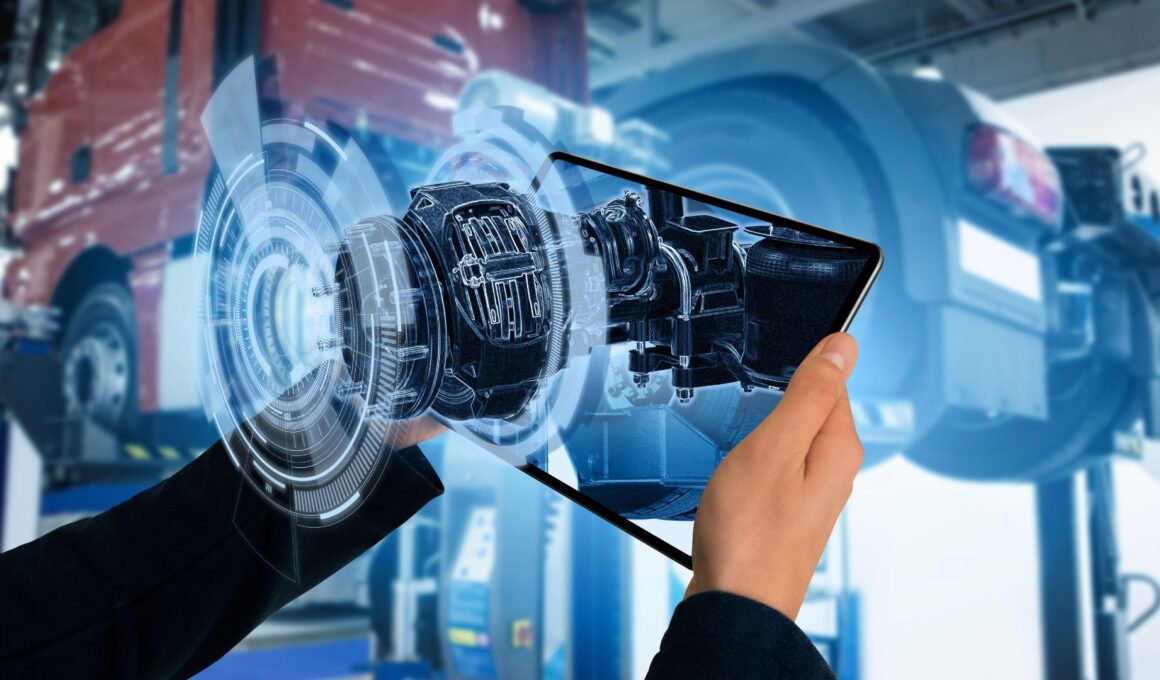The sterile processing domain within healthcare is undergoing a significant transformation, and at the heart of this evolution is the integration of augmented reality (AR) technology. Augmented reality, which overlays digital information onto the real-world environment, is finding diverse applications within sterile processing, from training and education to enhancing workflow efficiency and quality control. In this technology-focused article, we will explore the use of augmented reality in the sterile processing domain, its potential to revolutionize healthcare practices, and several real-world use cases that demonstrate its versatility.
The Need for Innovation in Sterile Processing
Sterile processing is a critical aspect of healthcare, ensuring that medical instruments and equipment are free from contaminants and pathogens before they reach patients. The traditional methods of sterilization and instrument inspection have proven effective but can be time-consuming, labor-intensive, and prone to human error. As healthcare demands increase, there is a pressing need for more efficient and reliable processes.
Augmented Reality: A Transformative Solution
Augmented reality is emerging as a game-changing technology in the sterile processing domain. Here are several key areas where AR is making an impact:
1. Training and Education:
- Augmented reality is revolutionizing training and education for sterile processing technicians. AR-based training modules provide immersive and interactive learning experiences, allowing trainees to practice instrument handling and sterilization procedures in a virtual environment.
2. Instrument Tracking and Inventory Management:
- AR-powered apps and devices help streamline instrument tracking and inventory management. Sterile processing staff can use AR-equipped devices to quickly locate, identify, and catalog instruments, reducing the risk of errors and ensuring that instruments are readily available when needed.
3. Quality Control and Inspection:
- AR glasses or headsets equipped with cameras and software enable technicians to inspect instruments with enhanced precision. AR overlays provide real-time guidance and reference images, helping technicians identify defects or contaminants more effectively.
4. Remote Assistance and Collaboration:
- AR facilitates remote assistance and collaboration among sterile processing teams. Technicians can wear AR glasses to connect with experts who can provide guidance and support in real time. This capability is especially valuable for troubleshooting complex sterilization issues.
5. Enhanced Workflow Efficiency:
- AR-driven workflow guidance ensures that sterile processing technicians follow standardized procedures efficiently. This reduces the risk of deviations and enhances overall workflow efficiency.
6. Augmented Reality in Sterilization Equipment:
- Sterilization equipment itself is becoming smarter with AR integration. Some autoclaves and sterilizers feature AR interfaces that provide real-time sterilization process data, maintenance alerts, and troubleshooting guidance.
7. Real-time Instrument Identification and Tray Assembly:
- Sterile processing technicians often assemble surgical instrument trays for specific procedures. AR-enabled smart glasses can assist technicians in real-time by overlaying digital information onto their field of view. As technicians select instruments, AR can provide guidance on the correct assembly order and display instrument names and usage instructions.
8. Real-time Contamination Detection and Mitigation:
- Preventing contamination of surgical instruments is of paramount importance in sterile processing. AR-equipped inspection tools and devices can help technicians detect contamination in real-time. These tools use augmented reality to highlight potential contaminants, such as stains or residue, on instrument surfaces. Technicians can then take immediate corrective actions, such as re-cleaning or re-sterilization, ensuring that only sterile instruments are used in medical procedures.
Realizing the Potential of AR in Sterile Processing
The integration of augmented reality into sterile processing is not without its challenges. Implementation requires investment in AR devices, software, and training. However, the benefits in terms of efficiency, accuracy, and quality control are compelling. As healthcare continues to advance, the role of augmented reality in sterile processing will likely become more prominent, ultimately contributing to safer and more efficient patient care.
Augmented reality is poised to revolutionize the sterile processing domain within healthcare. By enhancing training, instrument tracking, quality control, collaboration, workflow efficiency, and real-time contamination detection, AR technology has the potential to improve patient safety and streamline healthcare operations. As the healthcare industry continues to embrace innovation, augmented reality is proving to be a transformative tool that empowers sterile processing professionals and raises the standard of care.







